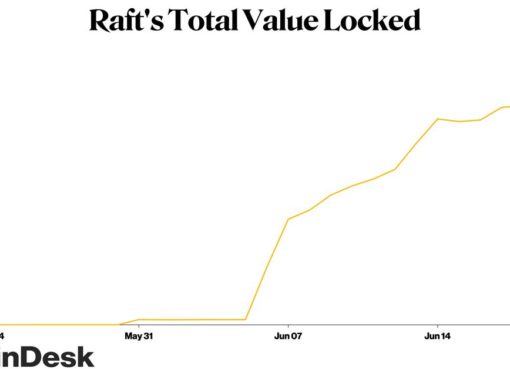A leaked version of rules to be issued later this month by the European Commission proposes an all-encompassing set of regulations covering the trading or issuance of digital assets across the 27-nation bloc.
Europe’s Markets in Crypto-Assets (MiCA) draft legislation provides legal certainty around crypto assets – cryptocurrencies, security tokens and stablecoins – along the same lines as Europe’s Markets in Financial Instruments Directive (MiFID), a legal framework for securities markets, investment intermediaries and trading venues.
The takeaway is that Europe intends to treat crypto the same as any other regulated financial instrument, which will doubtless provide legal clarity. The unknown is whether that may stifle this nascent and fast-moving space.
The MiCA proposals begin with a broad definition of crypto assets and a base set of rules that apply to the issuers of those assets and service providers, more or less in line with the Financial Action Task Force (FATF) definition of a virtual asset service provider (VASP).
The rules are particularly focused on stablecoins in Europe, which are defined as either asset-referenced tokens or e-money tokens.
To illustrate the difference, Siân Jones, senior partner at XReg Consulting, referred to the revised second version of libra’s white paper that redefined the token as being denominated in individual currencies. This would likely bring it within the MiCA regulation’s definition of e-money, said Jones.
“Those stablecoins that rely on a basket of currencies or are based by reference to other assets, whether that’s another crypto or other kinds of assets, they will be classed as asset-reference tokens,” Jones said in an interview. “Essentially, the subgroup that behaves like e-money will be sucked into the existing e-money framework, while those that are asset-referenced have a load of extra rules on top of the base rules. So clearly, this is targeting stablecoins and particularly global stablecoins.”
Stablecoin angst?
The attention to stablecoins chimes with comments made last Friday at an informal meeting of five European finance ministers in Berlin, which featured calls for clear regulatory oversight of asset-backed coins like libra.
In addition to providing legal certainty around all crypto-assets, another core tenet of the proposed regulation is apparently to support innovation.
“There will be many who will question that,” said Jones, citing the recent explosion in decentralized finance (DeFi) as an example of innovation involving the issuance of blockchain tokens that could be curtailed in Europe.
Among the many regulatory obligations that will be imposed on crypto-asset issuers and service providers in the European Union (EU) is the need to be incorporated as a legal entity and for service providers to have their registered office in a Member State, Jones said.
“There can be little doubt MiCA will present significant challenges for those involved in DeFi projects,” said Jones.
The quid pro quo, Jones added, is the sort of regulatory clarity that will likely entice more institutional investment into the crypto space.
“By making crypto just like everything else in the traditional world, you make it easier for the traditional world to accept it,” said Jones. “I would probably say from the draft that it will favor the banks and traditional investment firms. The incumbents will have an advantage in a number of respects, which I’m sure is not the intention, but that will be the short- to medium-term impact.”
The 168-page set of draft rules, which Brussels said would come out in September, will not likely be transitioned into EU law until 2022 at the earliest. As an EU regulation, it will be directly applicable throughout the EEA without the need for national legislation.
Summing up, Jones said the new regulation will probably create something of a bifurcation of the crypto space.
“In a sense, crypto has benefited for much of the last decade from being largely in a grey area,” she said. “But now you have a very clear set of rules – and you are either in or outside it.”




